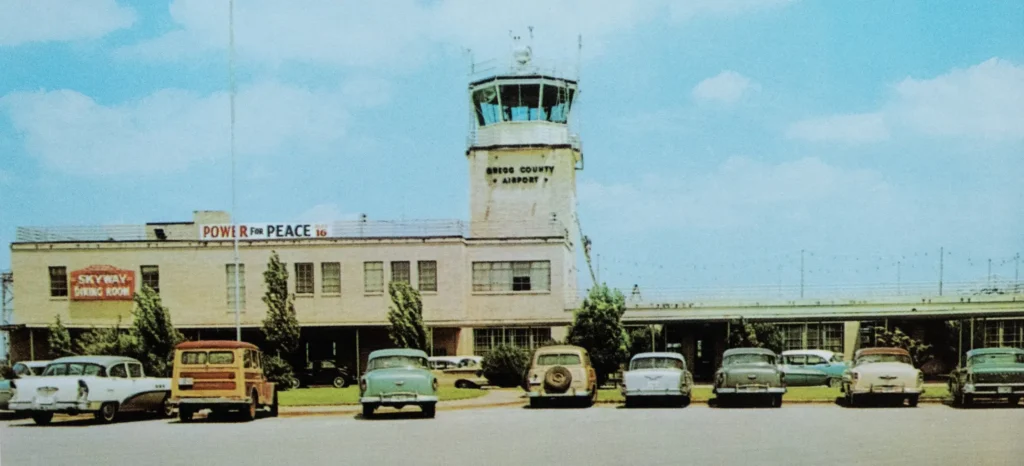A Rich History
Gregg County to mark 150th anniversary with historical focus
by Christina CavazosWith a past built on the oilfield and a future that looks toward modern industry, Gregg County has experienced many shifts since its founding in 1873. In 2023, the county will mark its 150th anniversary by paying tribute to its history. While plans to commemorate the milestone are still in development, Gregg County Judge Bill Stoudt said they will include a history lesson that celebrates all communities in the county. The Gregg County Historical Museum is planning a celebration to be held in conjunction with Dalton Days in April; meanwhile, the Gregg County Historical Commission, whose board is appointed by county commissioners, is planning to highlight historical markers in the county, Stoudt explained. There are currently more than 100 markers across Longview, Kilgore, Gladewater, White Oak and other rural areas. Each marker highlights a significant location in history.
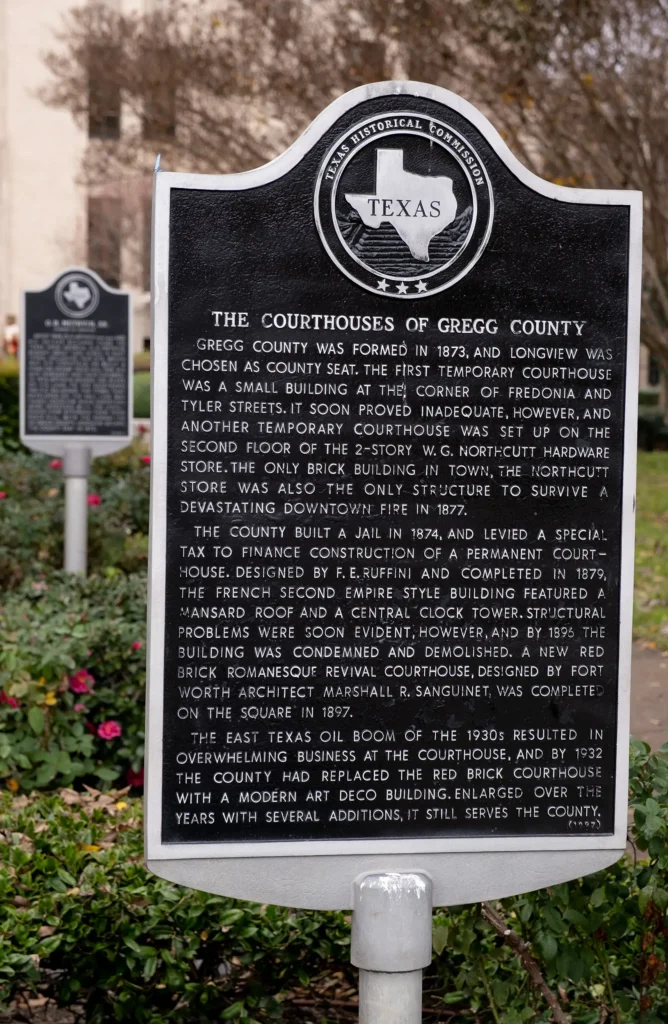
Gregg County’s History
Until the early 1800s, Caddo tribes inhabited the land on which Gregg County now sits. Farmers settled in the area after Texas became a state in 1845. In 1860, the future Gregg County consisted of portions of Upshur and Rusk counties, but there were no towns.
The City of Longview was founded in 1870 and incorporated in 1871, bringing with it the railroad. As railroad construction began in Longview, other neighboring cities were established. Kilgore was founded in 1872, and Gladewater followed in 1873, though neither city incorporated until the 1930s
oil boom.
Also in 1873, State Representative B.W. Brown, a resident of the Summerfield community north of Longview, introduced a bill to create a new county from parts of Upshur, Rusk and Harrison counties. However, Harrison County resisted fragmentation, and Gregg County was formed from the portions of Upshur and Rusk counties.
In Longview, Kilgore, and Gladewater, cotton was the foundation of the economy in the 1870s, occupying about half of the county’s cultivated acreage, according to historical information from Gregg County. The use of the uncultivated acreage was timber for the sawmills. Longview also had offices and shops for the railroads, and Kelly Plow Works, a manufacturing plant, was established in 1882.
The county population grew steadily from 8,530 in 1880 to 16,767 in 1920, according to census information from the Texas State Historical Association.
Late in 1930, Gregg County was rescued from the Great Depression by the discovery of oil and the population increased in a matter of weeks. The majority of the oil fields lay in the western third of the county. Transformed into boom towns, Kilgore and Gladewater became incorporated early in 1931. According to information from Gregg County, by the time drilling slacked off in 1935, there were about 15,000 wells and 95 refineries in the field.
The oil and natural gas industries enabled Gregg County to build the former Harmon General Hospital during World War II. After the war, the property was donated and became LeTourneau Technical Institute, which today is LeTourneau University. With LeTourneau Technical Institute came LeTourneau Technologies, a manufacturing plant that created earthmoving equipment. Today, the plant is called Komatsu.
Texas Eastman opened in Longview in 1950 and the former Schlitz (later Stroh) Brewery opened in 1964, marking two more industrial milestones. Interstate 20, which started construction in 1964 and completed in 1970, marked Gregg County’s position on a major east-west transportation corridor.
Changing landscape
Much has changed in Gregg County in the past 150 years, particularly in industry.
“The county was founded – and Longview was founded – on the railroad, oil and timber. Over time, we’ve begun transitioning from those industries,” Stoudt said. “As Longview grew, the county grew, and the oilfield started shrinking. It was very clear even back in the late ’60s and ’70s that we needed to transition to bring businesses in.”
In conjunction with city leaders and economic development corporations, Gregg County looked toward new industries that could bring new types of jobs to the region to replace the decline in the oilfield. For much of the county and the county seat of Longview, that focus has shifted toward major manufacturing facilities.
“And, of course, we developed along the railroad but even rail has changed,” Stoudt said. “Today, it’s not just rail of commodities but rail of passengers.”
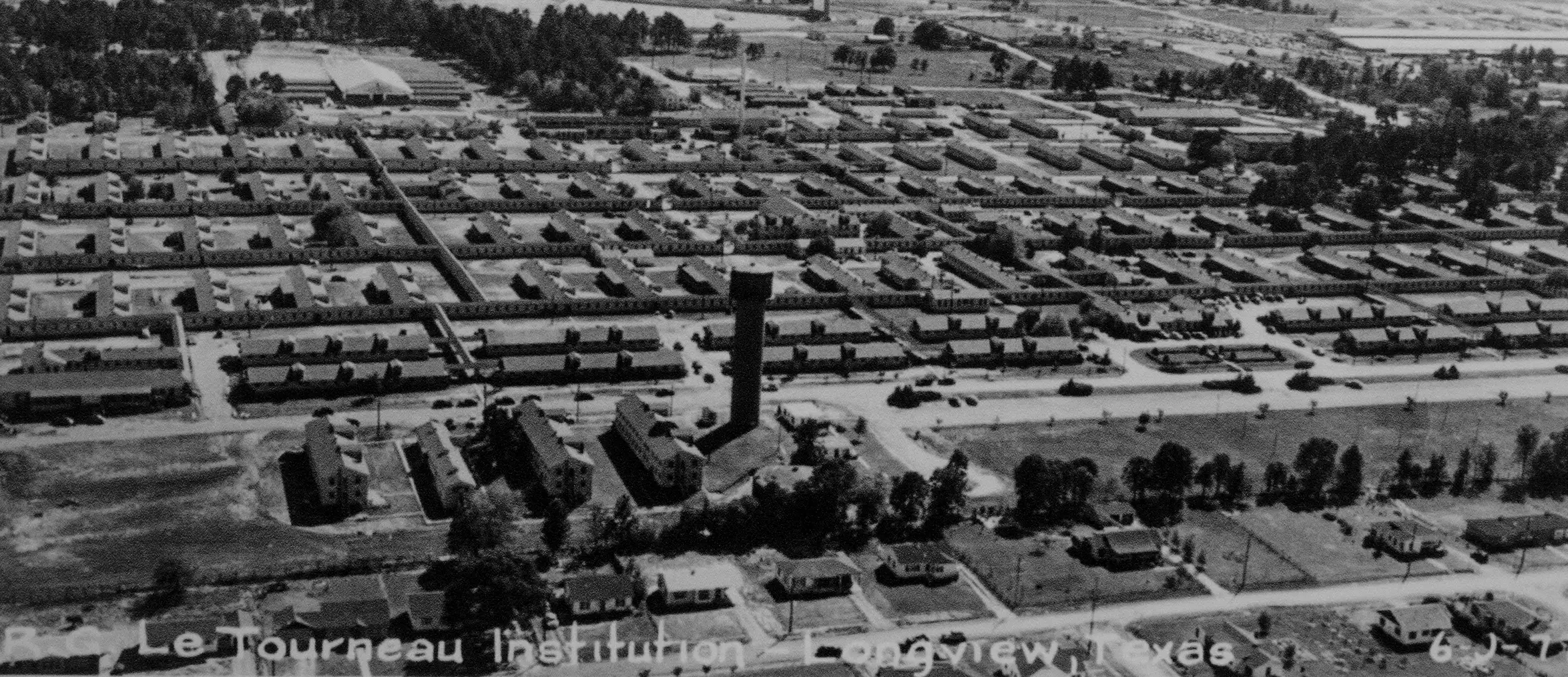
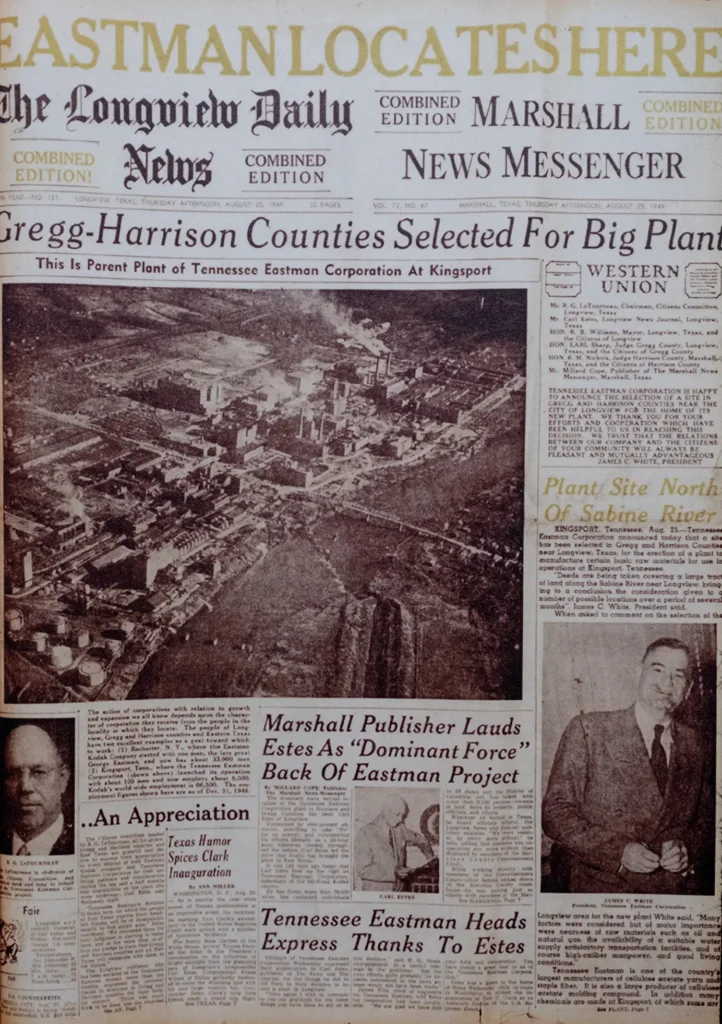
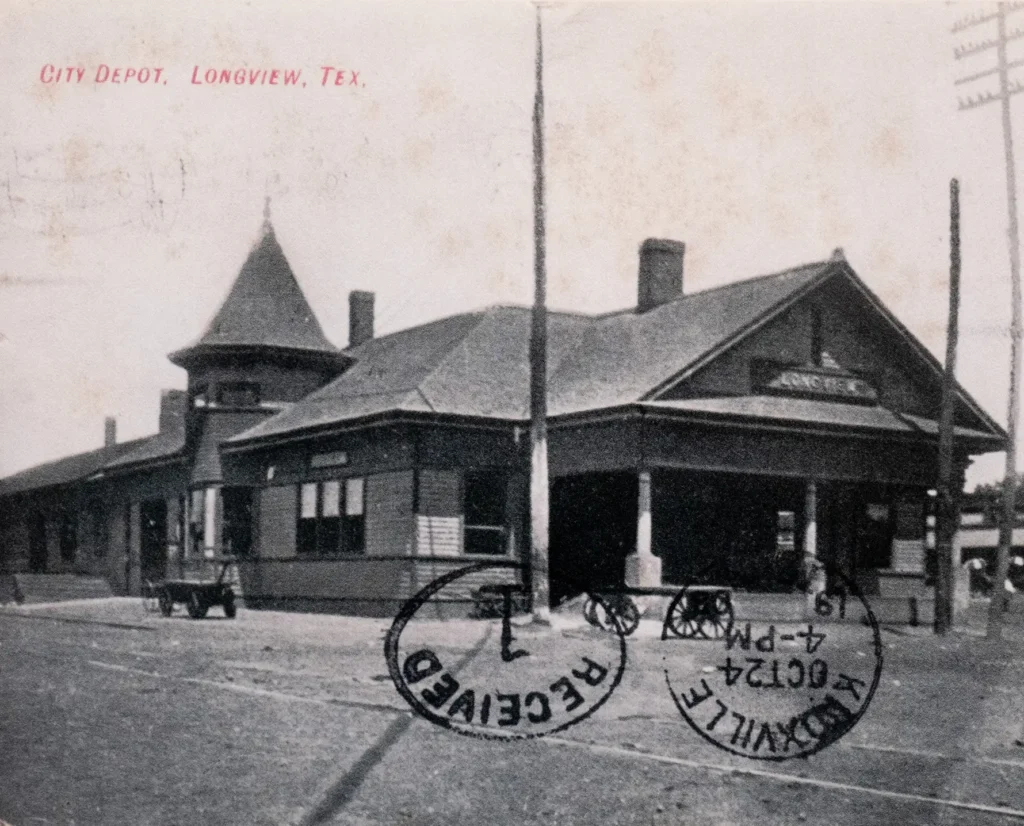
A major milestone in Gregg County’s history is the creation of the East Texas Regional Airport, which today sees thousands of passengers each year.
The airport’s history dates back to 1935 when a group of Gregg County residents led a drive to construct an airport. In 1940, a bond election was held, and county residents approved issuing $200,000 in bonds to construct an airport. The county purchased 800 acres at the current location on which to place the airport. According to information
from East Texas Regional Airport, engineer O.L. Forsgard prepared the plans for the airport, which the Civil Aviation Authority approved. The airport was completed in June of 1945 with assistance of the Civil Aeronautics Commission. The airport and terminal building were officially opened on July 15, 1947.
“The airport has also changed,” Stoudt said. “It’s transitioned from primarily serving privately owned planes to now being more commercial and business-oriented.”
Looking toward the future
When Gregg County finalizes its plans to commemorate the 150th anniversary, events will likely take place in April as the county was created on April 12, 1873. More details will be available by early spring.
Looking beyond the 150th anniversary, Stoudt said the county has seen significant progress and growth, but there is still work to be done.
“We need to do an incredibly deep dive into the infrastructure and be prepared for the growth that’s coming. Because it is coming,” Stoudt said. “The people moving here. The jobs are being created. People are leaving the big towns because they’ve realized they don’t like the lifestyle and the cost of living. They see what we have to offer.”
East Texas’ infrastructure, Stoudt said,
has fallen behind its growth. However, many projects are in the works that will help. For example, Texas 42, which connects U.S. 80 to Interstate 20, will be widened from a two-lane roadway to a four-lane road with a continuous turn lane. Meanwhile, the I-20 and Texas 31 interchange is slated to receive an overhaul. Though still a couple
of years away from breaking ground, Texas Department of Transportation plans call for the exit and access ramps at I-20 and Texas 31 to be reconfigured and widened. The project is significant, Stoudt explained, because the intersection of the two
highways has a high number of fatal wrecks.
As more businesses seek to locate in Gregg County and new homes are developed to accommodate people moving here, Stoudt said it all takes infrastructure – roads, power supplies, broadband access, etc.
“These things are all part of the infrastructure. A lot of people know this area is going to be a growth area in the future because of what it’s got to offer,” Stoudt said. “It’s a beautiful place to live. We’ve got great schools, great churches, we’ve got a lot of lakes and outdoor activities. What more could you want.”
